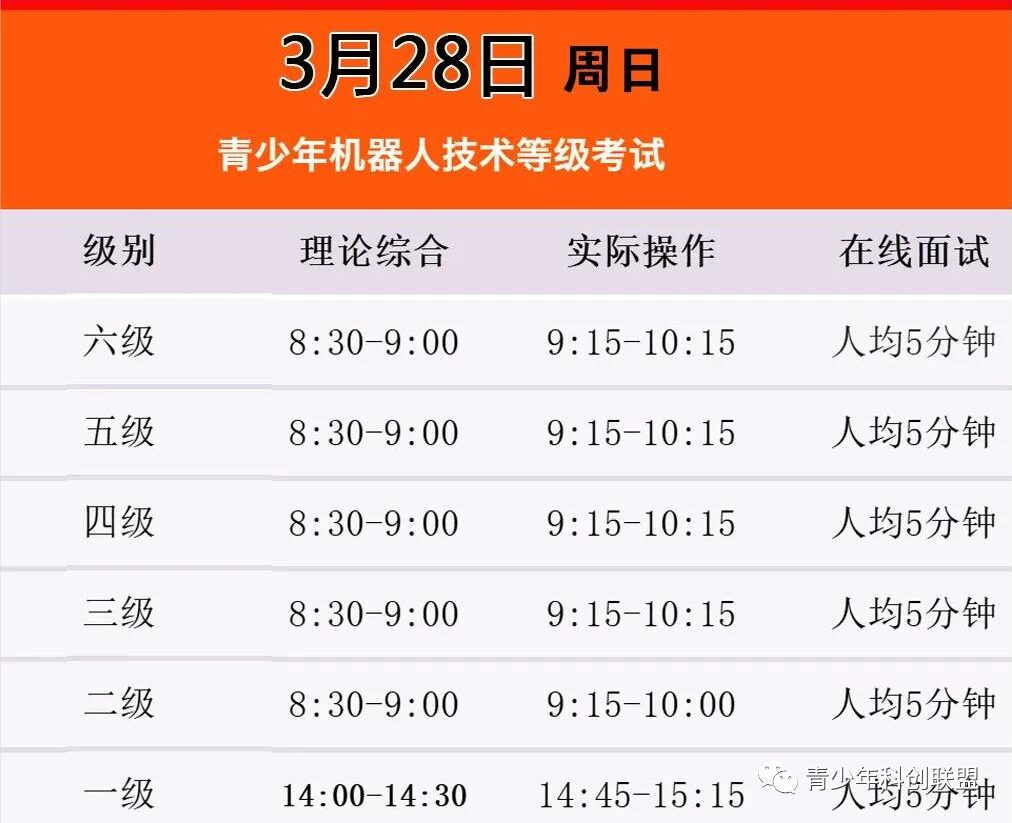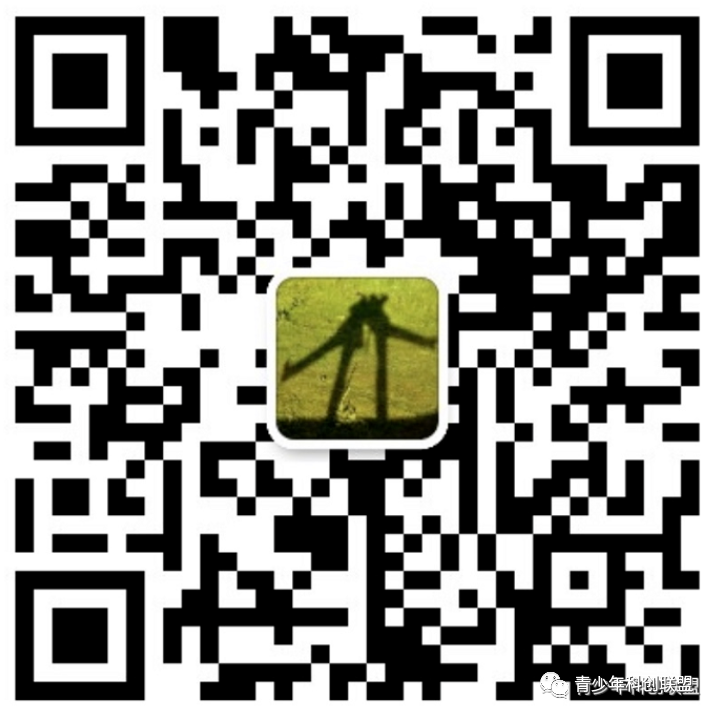
About the Youth Robot Technology Level Examination Levels 3-6
Explanation of Software Programming Languages
Levels 3 and 4
1. Programming Language
# Level 3:
Graphical programming, it is recommended to use Mixly software, version Mixly 0.997 or above, preferably Mixly 0.999.
# Level 4:
Uniformly use Arduino C code programming, it is recommended to use Arduino IDE version 1.8.5 or above, preferably version 1.8.9. It is recommended to use the Arduino IDE version provided with Mixly software, no need to download separately. During the examination, candidates are not allowed to refer to or copy code generated by graphical software; if found, the practical exam score will be 0.
2. Software Library
# Level 3:
No specific requirements for the use of programming modules
# Level 4:
If using the Arduino IDE provided with Mixly software, the libraries within the version meet the examination requirements. If Arduino IDE is installed by other means, relevant libraries can be downloaded from the Chinese Electronics Society’s popular science website. During practical programming, the code for DC motor drivers and ultrasonic sensors must be written in Arduino C code without library calls; if library calls are used, the corresponding score for that part will be 0.
3. Software Download
# Link to the Chinese Electronics Society’s popular science website:
http://www.kpcb.org.cn/h-nd-288.html
Mixly official download website: www.Mixly.org
Levels 5 and 6
4. Programming Language
# Levels 5 and 6:
Both use Arduino C code programming, it is recommended to use Arduino IDE, preferably version 1.8.9. You can download Arduino_1.8.9_ESP32.zip from the Electronics Society website, just decompress it; this package already includes the software libraries and Bluetooth upgrade packages needed for levels 5-6 examinations.
5. Software Library
# If Arduino 1.8.9 version is already installed, you can download the ESP32 software package and libraries from the following links. During the practical examination, candidates are not allowed to call any other libraries apart from those included in the textbooks.
6. Software Download
# Link to the Chinese Electronics Society’s popular science website:
http://www.kpcb.org.cn/h-nd-288.html
Frequently Asked Questions
Q&A
Q Is it allowed to use Scratch or other graphical programming software for level 3 examination?
A Level 3 examination recommends using Mixly graphical programming software, candidates can also choose other graphical software. The level 3 examination consists of a theoretical exam and a practical exam, and the theoretical exam questions related to modular programming will be uniformly written using Mixly graphical software. In the practical exam, there are no specific requirements for programming software, as long as the circuit setup and functions required by the practical exam questions are completed.
Q&A
Q What programming languages are used for levels 4-6 examinations?
A The programming language used for levels 4-6 examinations is Arduino C language, and levels 5-6 have additional programming statements related to ESP32 for Arduino. Candidates are not allowed to use Python, Lua, or other programming languages in practical programming.
Q&A
Q Is it necessary to use Arduino IDE to write code for the practical exam of levels 4-6?
A The practical exam for levels 4-6 requires the use of Arduino C language to write programs, but there are no specific requirements for the IDE used for programming. It is recommended to use Arduino IDE, but candidates can also use other IDEs such as Eclipse, VS Code, Atmel Studio, etc.
Q&A
Q What are the requirements for library calls in programming for practical exams for levels 4-6?
A According to the textbook and syllabus requirements, modules for servo motors, infrared remote control, WiFi and Bluetooth, strings, MPU6050, SSD1306, and stepper motors can call libraries. Regarding the library versions, the libraries provided by the Chinese Electronics Society’s popular science website shall prevail during the examination. Ultrasonic sensors and DC motor driver modules must not use library calls and must be written in Arduino C language. Only when the DC motor driver module and the main control chip are not directly controlled by I/O can library calls be used.
Q&A
Q Can the pin names and numbers on the main control board differ from the official hardware agreement?
A It is recommended that the pin numbers of the main control board be consistent with the official hardware agreement. In the theoretical exam, the pin names and numbers of the main control board will be based on the official hardware agreement.


For examination inquiries, contact Teacher Wang: 15098869889

For competition inquiries, contact Teacher Xu: 18668974916


The Shandong Electronics Society was established in 1962 and is one of the earliest and most influential scientific and technological societies in the Shandong Province’s electronic information industry. It is also one of the first batch of 5A social organizations recognized by the Shandong Provincial Civil Affairs Department. It widely conducts academic exchanges, project research, achievement evaluation, industry skills competitions, innovation and entrepreneurship services, standard formulation, popular science training, member promotion, recommendations for scientific and technological workers, evaluation of outstanding enterprises, exhibition services, international exchanges, and other services required by enterprises.
The Shandong Youth Electronic Information Popular Science Innovation Alliance was initiated under the guidance of the Shandong Provincial Association for Science and Technology, by the Shandong Electronics Society, the Shandong Youth Science and Technology Activity Center, the Shandong Youth Development Foundation, and other units. It is an alliance organization formed voluntarily by enterprises, research institutions, schools, social organizations, and individuals engaged in the popularization of electronic information science and technology and the training and service of youth talents in Shandong Province. The alliance secretariat is located in the Shandong Electronics Society. The alliance is committed to creating a public platform for popular science communication that attracts public attention and supports popular science construction with social forces. It aims to meet the future development needs of key industries in our province, based on the field of electronic information, and build a popular science resource, ability evaluation, and competition activity system suitable for youth groups, cultivate innovation spirit and practical ability of young people, improve the scientific and technological quality of young people, and carry out electronic information maker education, youth robot training, and youth robot level examinations, comprehensively promoting the cultivation and improvement of youth scientific and technological innovation capabilities in our province.